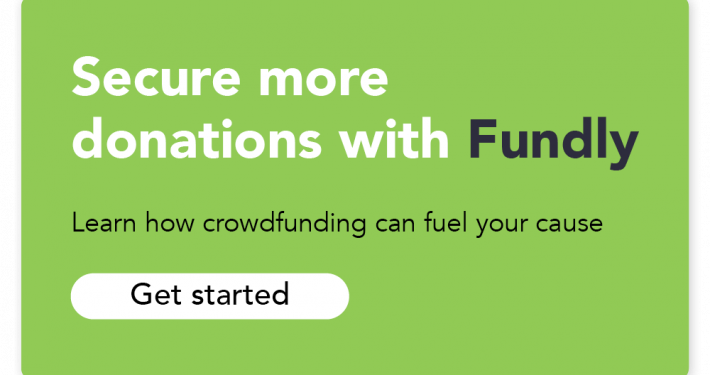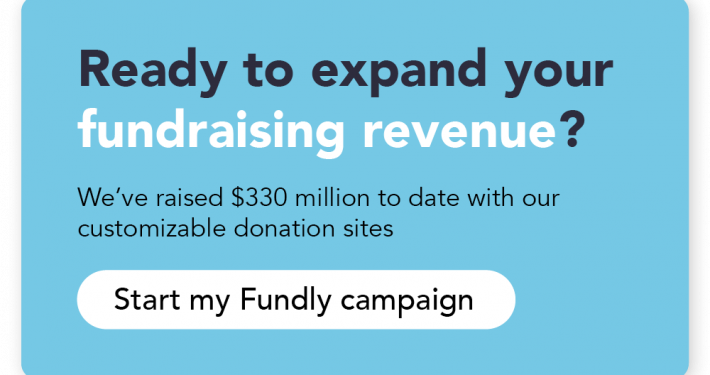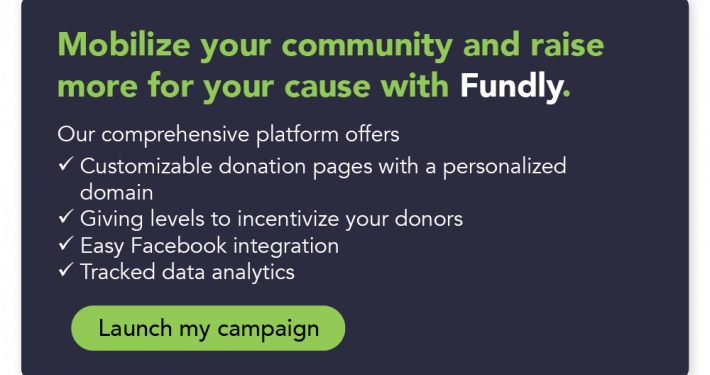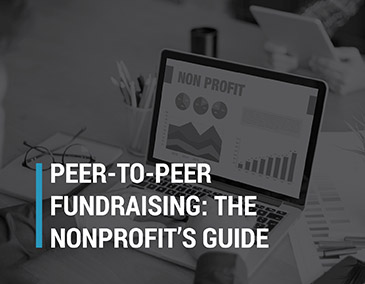How to Ask for Donations: Your Top Questions Answered
Making fundraising asks can be intimidating. You’ve likely got a handful of questions on your mind as you start planning your requests. Whether you’re an individual raising support for a personal cause, a nonprofit hoping to fund a new program or a church in need of more support from your congregation, it’s helpful to know how to make the ask confidently.
In this guide, we’ll answer all of your nail-biting questions, so that you can know how to ask for donations, when to ask for donations, what to ask for, and who to ask from. Let’s dive in!











How to Ask for Donations On Social Media
What Is It?
One of the newest methods of asking for donations is to make requests over social media.
From Twitter to Facebook and even Instagram, there are now plenty of opportunities for you to ask for donations using social media.
Just be sure to follow the requirements of the platform (i.e., link in bio on Instagram), and the more shares and likes you get, the more likely you are to raise the money you are looking to raise.
Why Does It Work?
Social media works for well because it is where most people occupy their down time.
In other words, your donors are most likely to see and interact with you if you’re active on social media.
Use the platforms to your advantage. However, be cautious not to over-post and exhaust your donors, you want a happy medium. If you strike the right chord, you’re sure to increase giving.
Tips
When posting on social media, remember these two tips:
1. Incorporate Images: People like pictures, so be sure to include them. You want accurate, engaging, high-quality images to post alongside your request for donations to help engage with your social media followers.
2. Map Out a Schedule: To avoid over and under posting, plan out a schedule in advance. There are even services you can use to schedule your social media posts ahead of time. Aim for frequent but diverse posts across platforms.